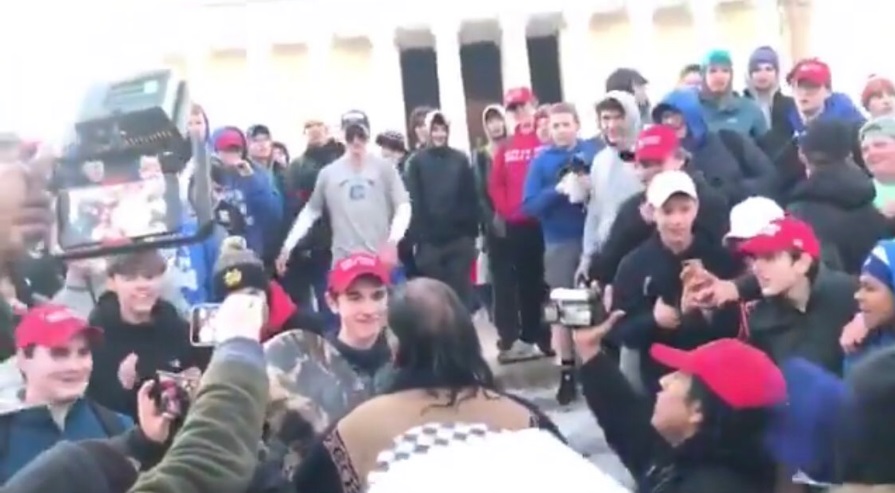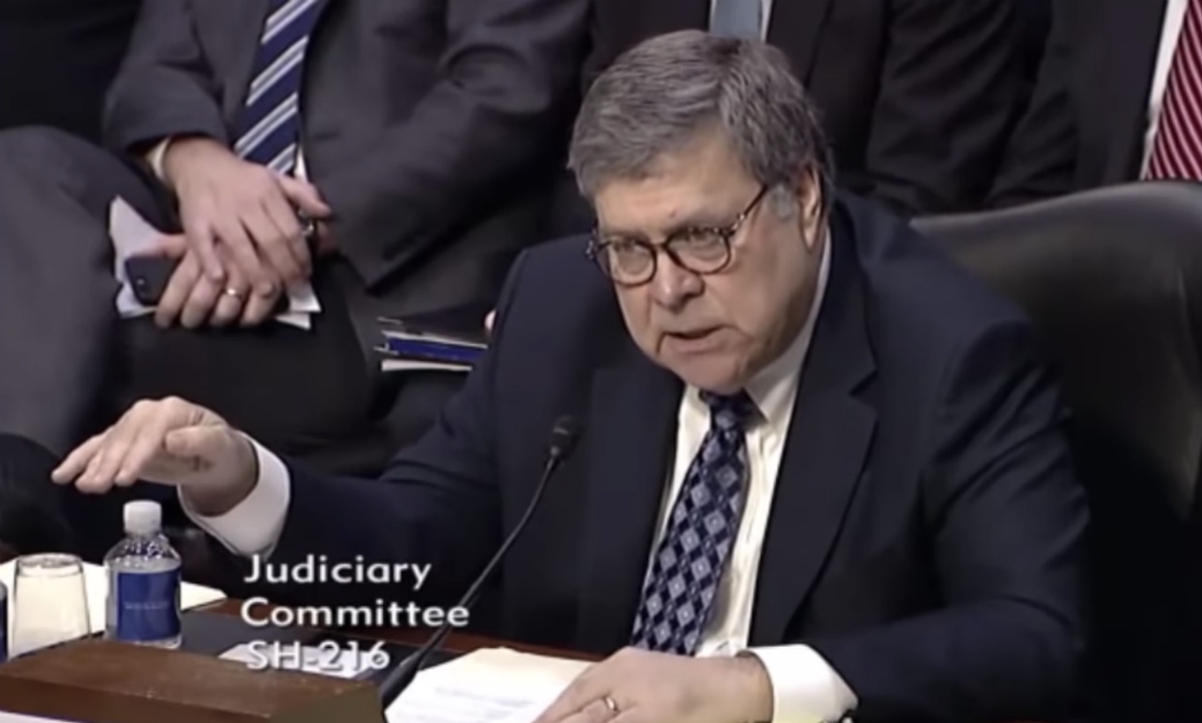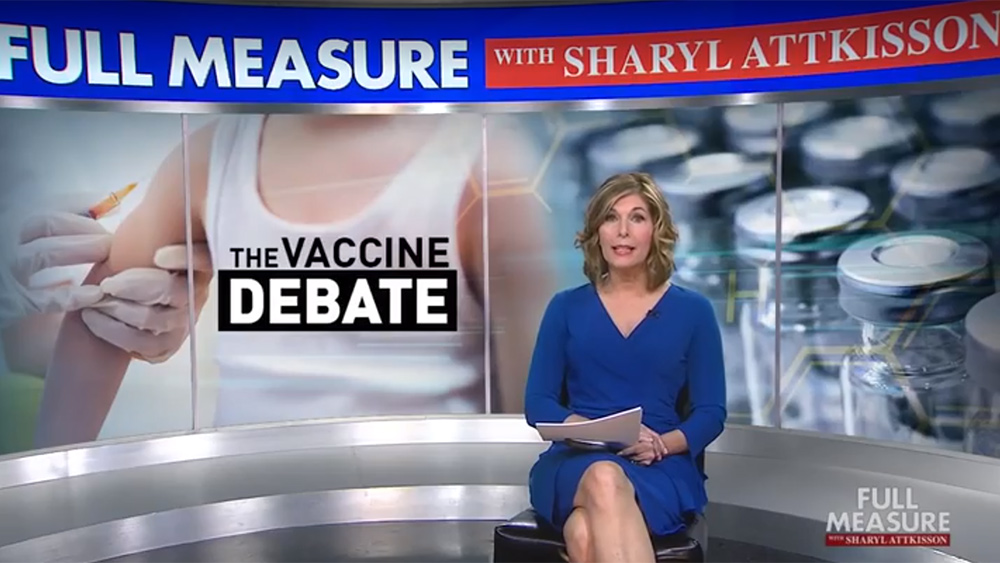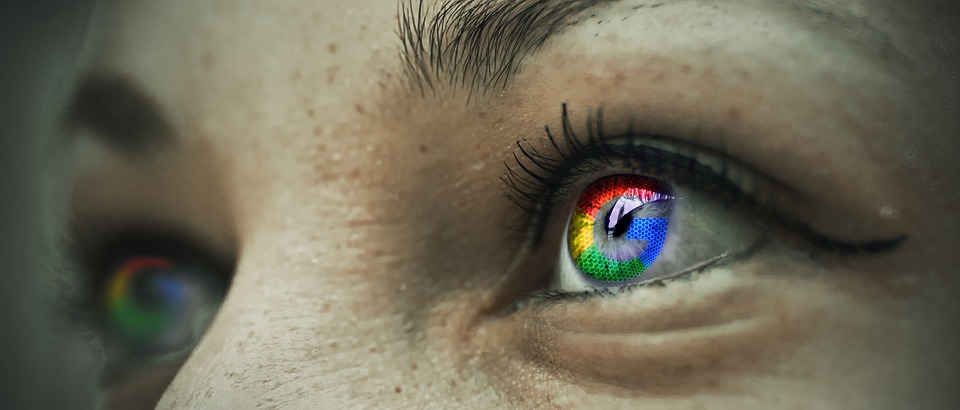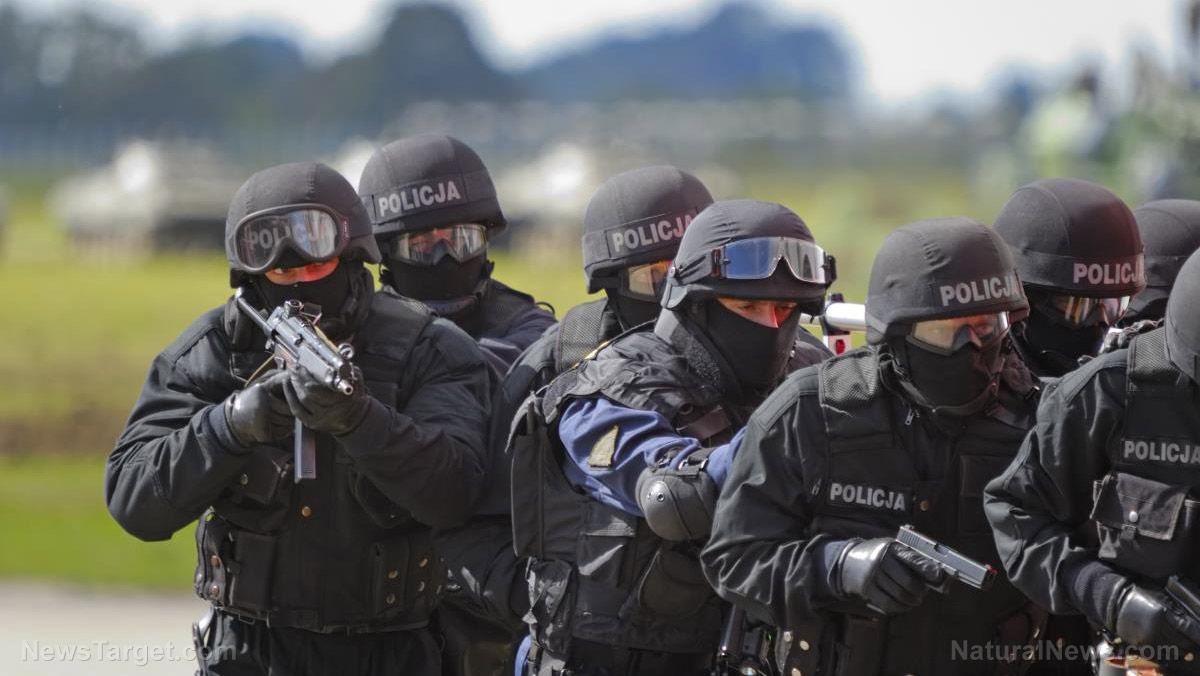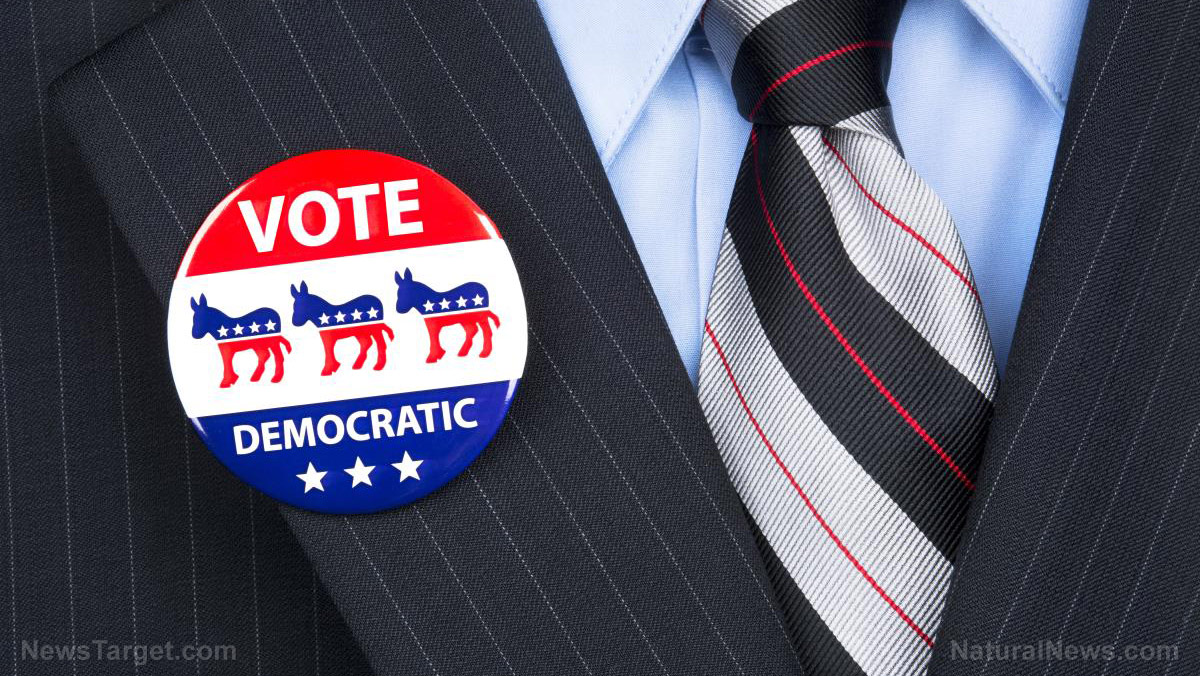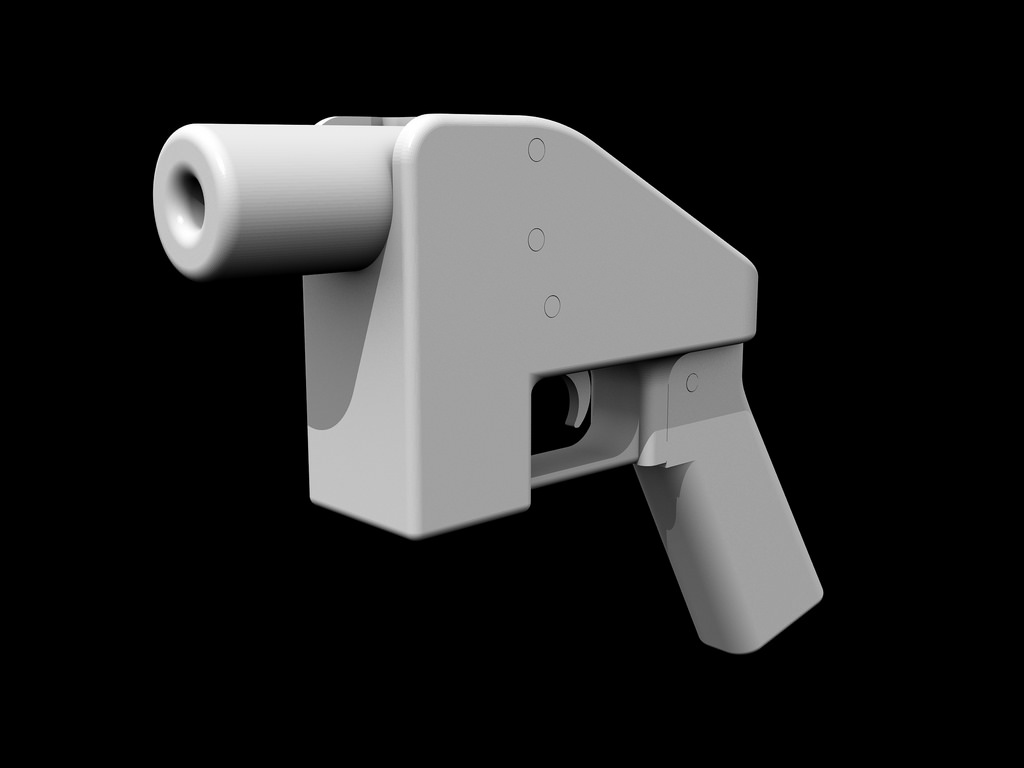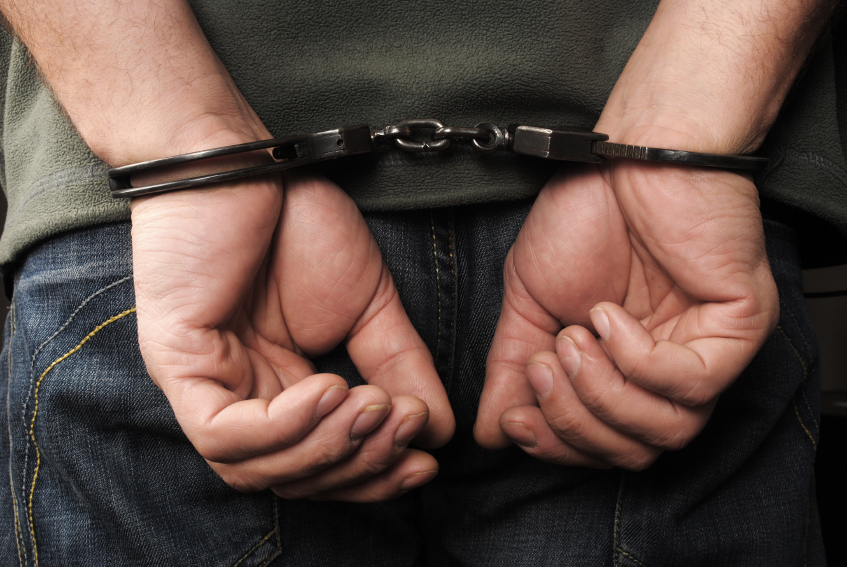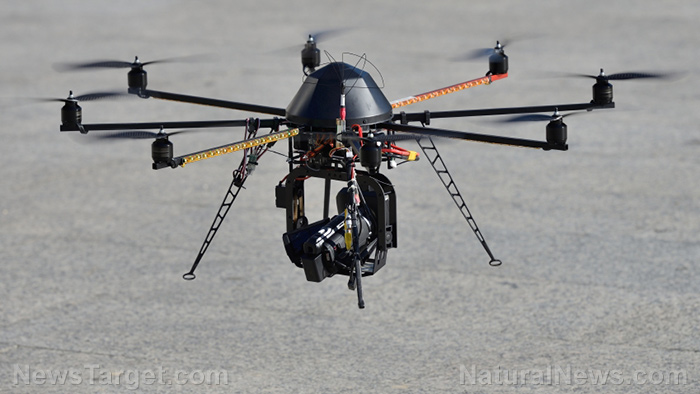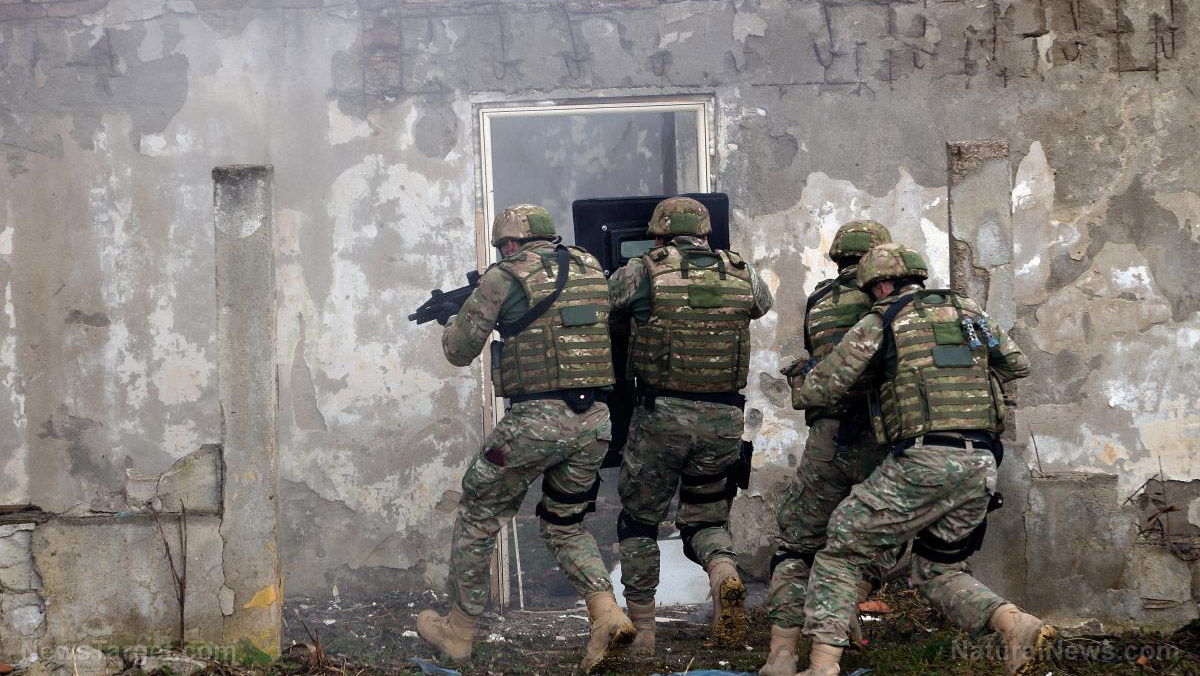North Carolina Department of Transportation using Drones to spy on motorists
03/06/2017 / By D. Samuelson

According to a 2013 report from The Washington Times, it was predicted that by 2018 the skies over America would be populated with over 7500 commercial drones, also known as Unmanned Aerial Systems (UAS). At that time, the U.S. was just beginning to salivate over the imminent adaptation of the weapon dispensing military drone technology for less deadly civilian purposes, like monitoring the weather, agricultural assessments, assisting search and rescue operations, video news gathering and much more. In 2013, The Association for Unmanned Vehicle Systems (AUVS), a drone lobbying group, projected the burgeoning drone market would provide $82 billion in revenues and 100,000 jobs if the federal government would make haste with regulations and air safety concerns.
Now in 2017, the FAA has a bevy of rules, regulations and procedures for just about any kind of drone you can imagine. From the “exempted” special drone use for Lady Gaga’s Superbowl Halftime extravaganza to the State of North Carolina’s Department of Transportation (NCDOT) newfound love for the technology, drones are only going to be more intrusive. In the case of NCDOT’s new roll-out of drones, Massprivatei.com reports that the NCDOT says it will use UAS to “allegedly respond to emergencies . . . [or] be used to reach dangerous locations.” Yet, as Massprivatei.com points out, within the first thirty seconds of this NCDOT video presentation, it clearly states that “drones will be used routinely.” That means surveillance, doesn’t it?
The video also mentions that North Carolina has, as of February 2017, 15,ooo registered drones as compared to 8,000 registered man-operated aircraft. So the idea of sharing the airspace with an increasing amount of UAS hardware requires an ever increasing bureaucracy. According to the National Conference of State Legislatures, 33 states enacted drone legislation with another four adopting drone resolutions in 2016. All drone use is subject to federal FAA UAS operating rules, but state laws vary.
In most states, drone operators are prohibited from using drones for hunting or fishing, flying near critical infrastructure like public institutions or correctional facilities, or near wildfires. Louisiana says that if a drone crosses a police line, that operator is “obstructing an officer.” Drone operators in that state can also be charged with voyeurism or for being a Peeping Tom. Oregon and Vermont have written laws to prohibit the “weaponization of drones.”
The FAA has left it up to the states to determine if local police need to “obtain a warrant prior to using a UAS for surveillance.” One wonders what the thin red line is between illegal surveillance and a drone soaring above the North Carolina highway looking for license tags or observing the occupants of a passing vehicle. Or a UAS being used for land surveys and keeping its camera pointed to a particular spot in the landscape, as happened in Kentucky, according to a Cnet.com report.
When William Meredith’s sixteen-year-old daughter was sunbathing in the backyard garden of their Hillview, Kentucky home, a drone of an unknown origin had “come over the property three times in one day, three times over the course of a year, six times total . . .” Meredith took the law into his own hands and blew that drone to bits with his shotgun. There happened to be two other witnesses who saw the drone carousing lower than the legal 400 feet altitude, although the drone operator, who was doing land surveys, disputed those facts. In the end, Mr. Meredith was judged not guilty of “wanton endangerment and criminal mischief.” The judge ruled conclusively that the drone’s action was an invasion of privacy. Let’s hope that’s a precedent.
RELATED: Learn more about privacy issues at PrivacyWatch.news.
Sources:
Tagged Under: drones, drones as weapons, electronic surveillance, FAA drone rules, highway driving, Lady Gaga drones, North Carolina, privacy issues, Wlliam Meredith

